
Meteor Activity Outlook for October 1-7, 2016
Meteor activity increases in October when compared to September. A major shower (the Orionids) is active all month long and there are also many minor showers to be seen.

Meteor activity increases in October when compared to September. A major shower (the Orionids) is active all month long and there are also many minor showers to be seen.

For morning observers the estimated total hourly rates should be near 12 as seen from mid-northern latitudes (45N) and 10 as seen from tropical southern locations (25S).
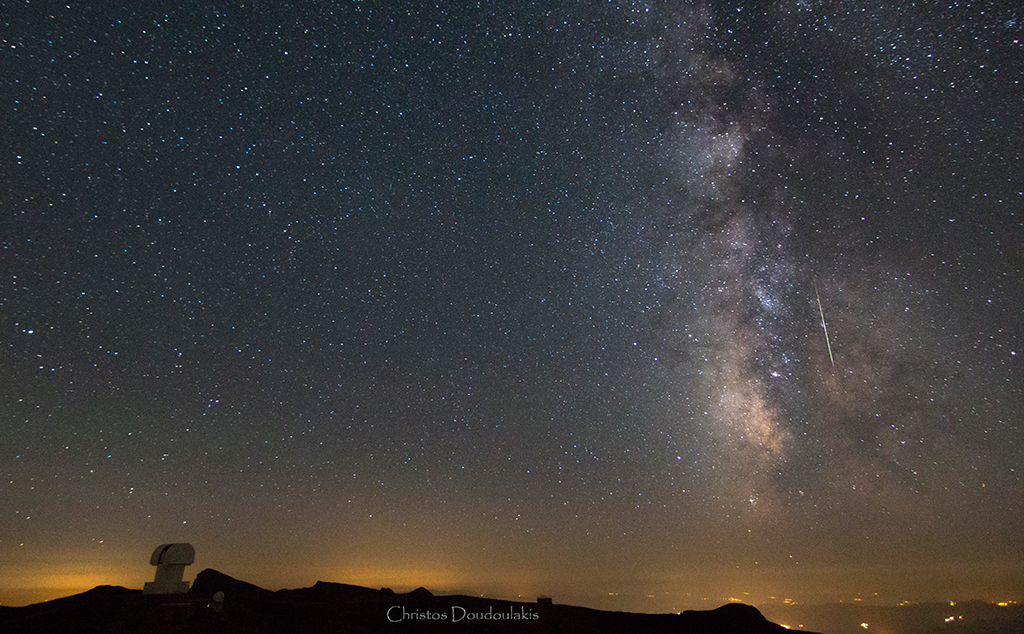
For morning observers the estimated total hourly rates this week should be near 8 as seen from mid-northern latitudes (45N) and 5 as seen from tropical southern locations (25S).

The estimated total hourly meteor rates for evening observers this week is near 3 as seen from mid-northern latitudes (45N) and 2 as seen from tropical southern locations (25S). For morning observers the estimated total hourly rates should be near 18 as seen from mid-northern latitudes ...
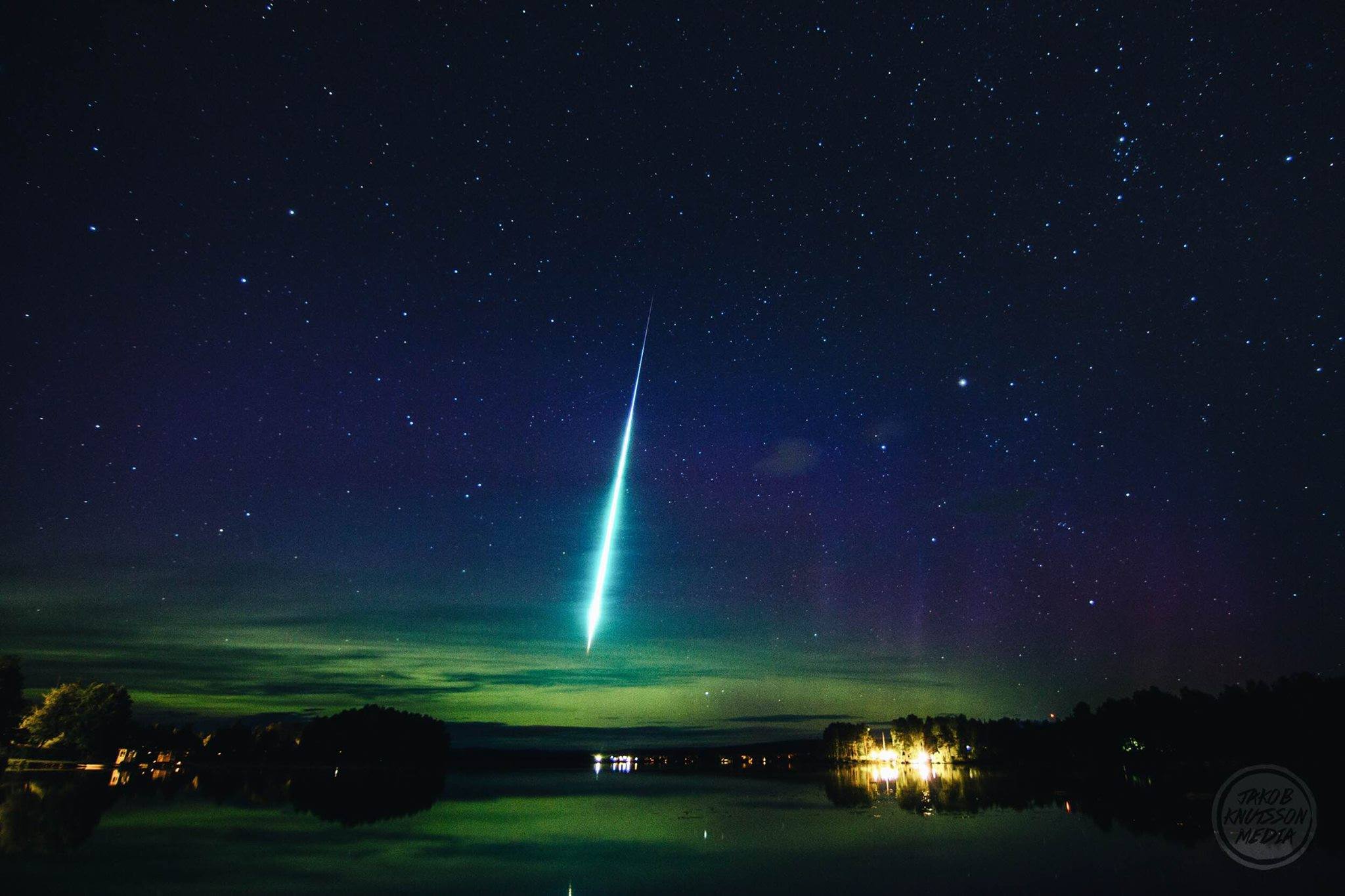
During this period the moon waxes from a very thin crescent phase to nearly half-illuminated by the end of the period. This week will be the best time of the month to view meteor activity as the moon will not interfere with morning observing.

The Perseids put on a fine show for those who traveled to rural locations to view the show.
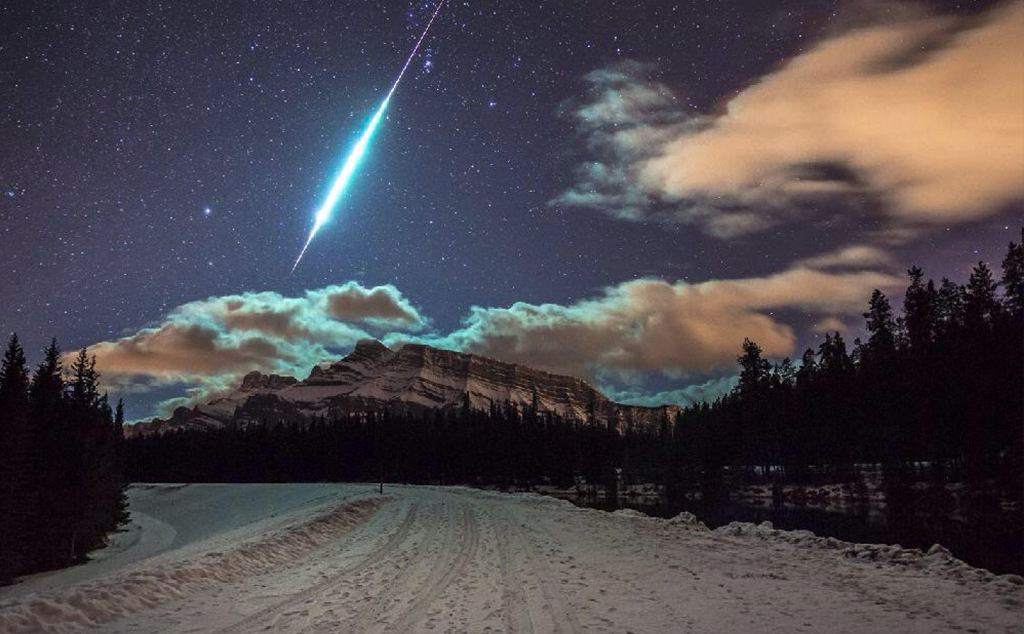
For morning observers the estimated total hourly rates should be near 11 meteors as seen from mid-northern latitudes (45N) and 12 as seen from tropical southern locations (25S).
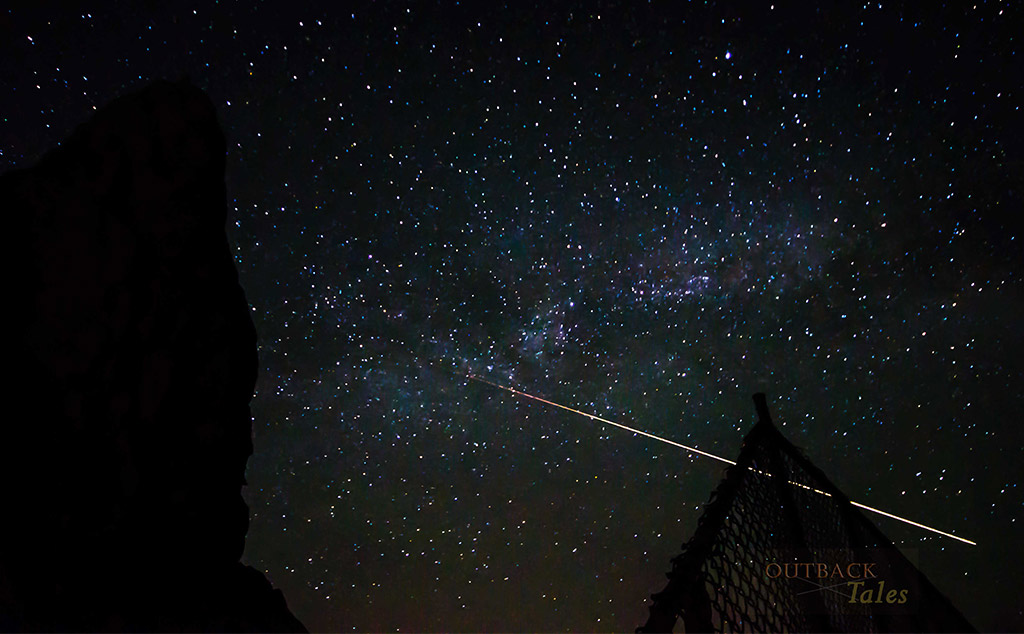
For morning observers the estimated total hourly rates for this period should be near 8 as seen from mid-northern latitudes (45N) and 12 as seen from tropical southern locations (25S).

During this period the moon reaches its full phase on Saturday May 21st. This is the worst time to try and view meteor activity as the glare from the moon will obscure all but the brightest meteors :(

For morning observers the estimated total hourly meteor rates should be near 8 as seen from mid-northern latitudes (45N) and 15 as seen from tropical southern locations (25S).

For morning observers the estimated total hourly rates for this week should be near 15 as seen from mid-northern latitudes (45N) and 25 as seen from tropical southern locations (25S).

Frederic Edwin Church, Meteor of 1860, 1860 – Courtesy of Judith Filenbaum Hernstadt Radiant Positions at 9pm Local Daylight Saving…

For morning observers the estimated total hourly rates should be near 8 as seen from mid-northern latitudes (45N) and 14 as seen from tropical southern locations (25S). During this period the moon reaches its first quarter phase on Tuesday March 15th...

For morning observers the estimated total hourly rates should be near 8 as seen from mid-northern latitudes (45N) and 13 as seen from tropical southern locations (25S). The actual rates will also depend on factors such as personal light and motion perception...
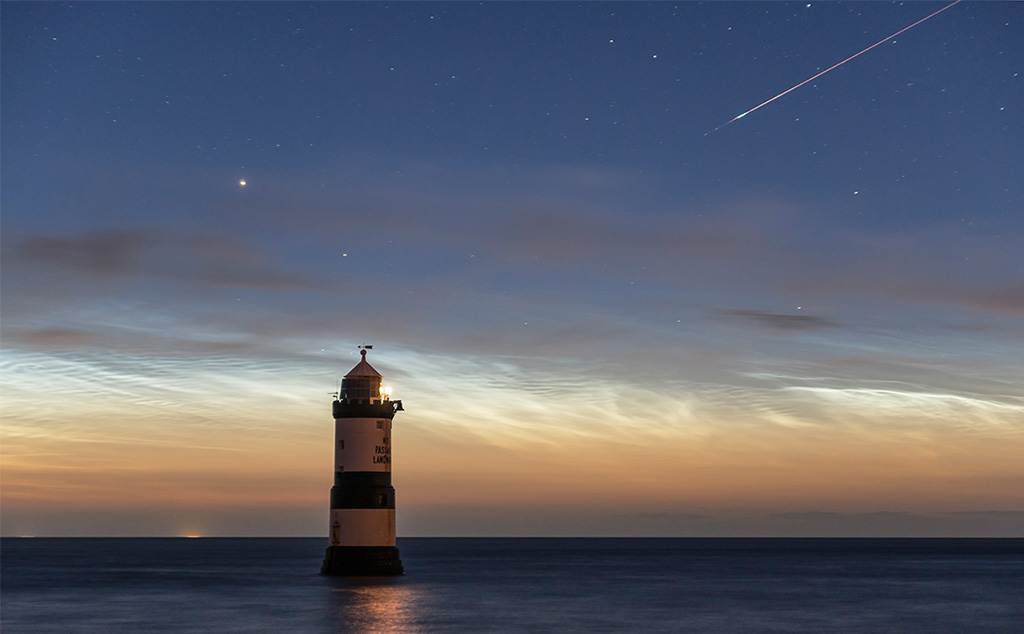
As seen from the northern hemisphere, March is the slowest month for meteor activity. No major annual showers are active and only a few very weak minor showers produce activity this month.
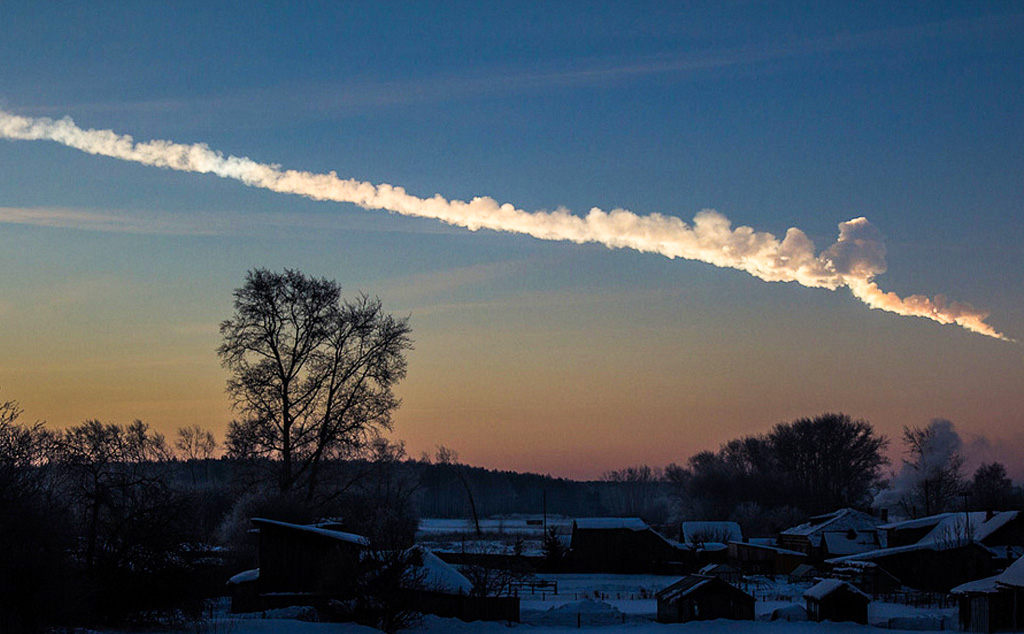
For morning observers the estimated total hourly rates should be near 4 as seen from mid-northern latitudes (45N) and 8 as seen from tropical southern locations (25S)... It's a slow week for meteors: watch for fireballs!
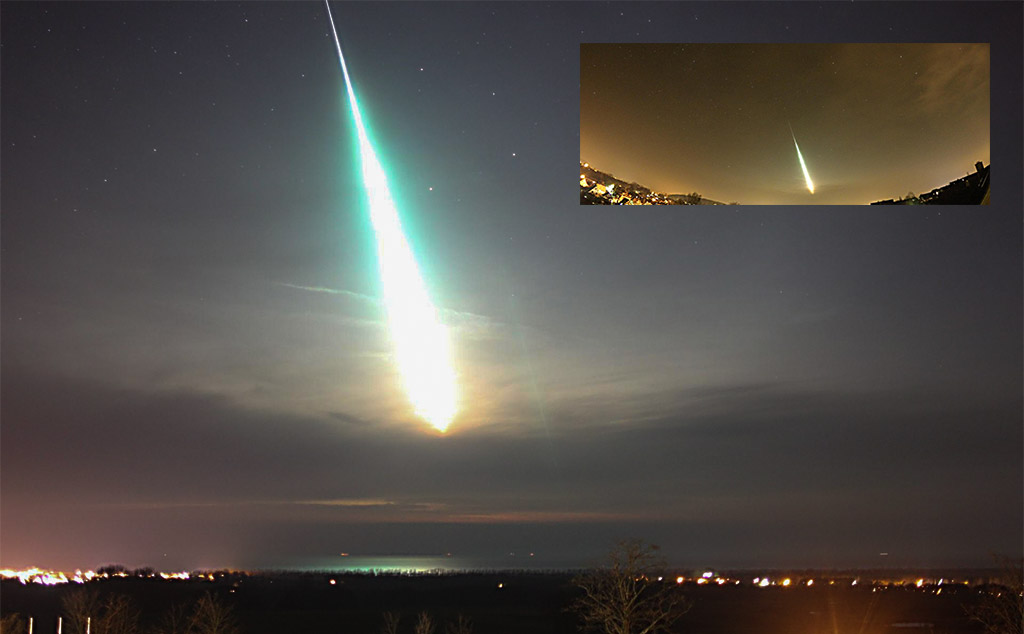
The estimated total hourly meteor rates for evening observers this week is near 3 for observers located in the northern hemisphere and 4 for observers located south of the equator. For morning observers the estimated total hourly rates should be near 9 as seen from mid-northern latitudes...

During this period the moon reaches its new phase on Monday February 8th. On that date the moon will be located near the sun and will not be visible at night. As the week progresses the waxing crescent moon will enter the evening sky but will not cause any problems to meteor observers.

For morning observers the estimated total hourly rates should be near 9 as seen from mid-northern latitudes (45N) and 10 as seen from tropical southern locations (25S). The actual rates will also depend on factors such as personal light and motion perception...
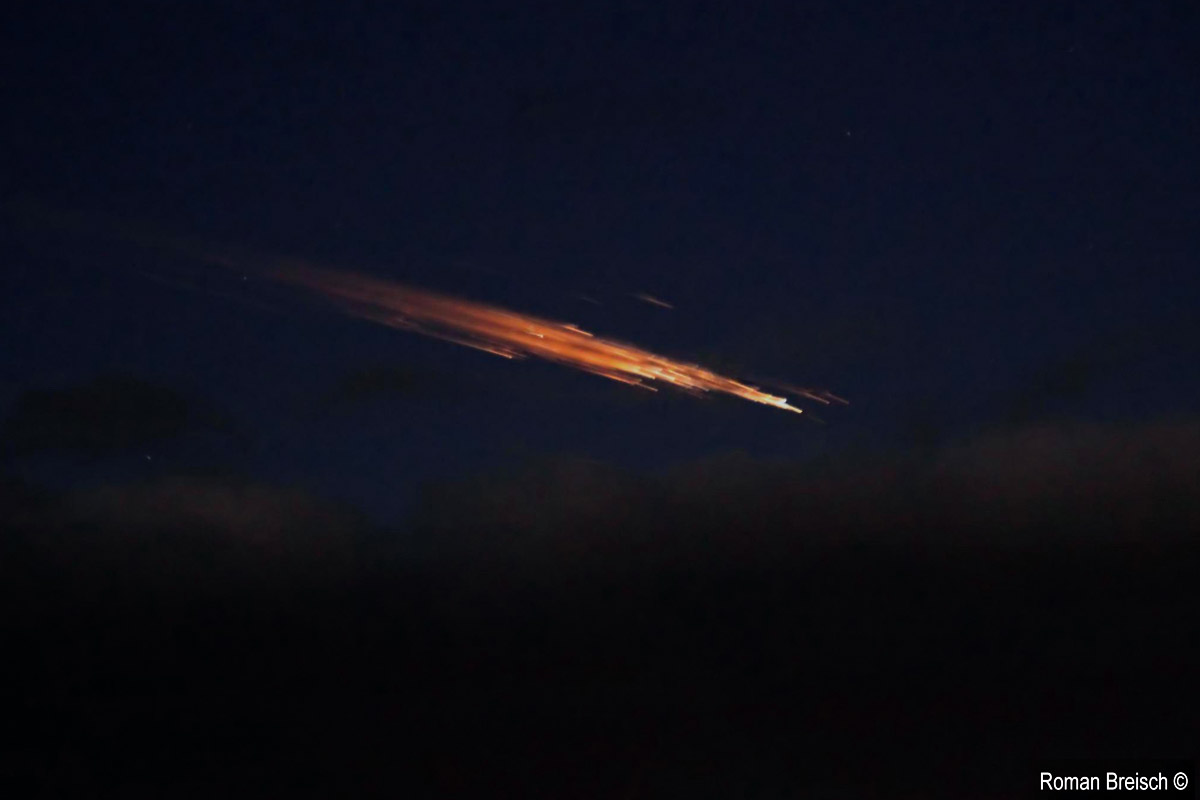
For morning observers the estimated total hourly rates should be near 11 as seen from mid-northern latitudes (45N) and 10 as seen from tropical southern locations (25S). The actual rates will also depend on factors such as personal light and motion perception, etc.

For morning observers the estimated total hourly rates for this week should be near 16 as seen from mid-northern latitudes (45N) and 8 as seen from tropical southern locations (25S).